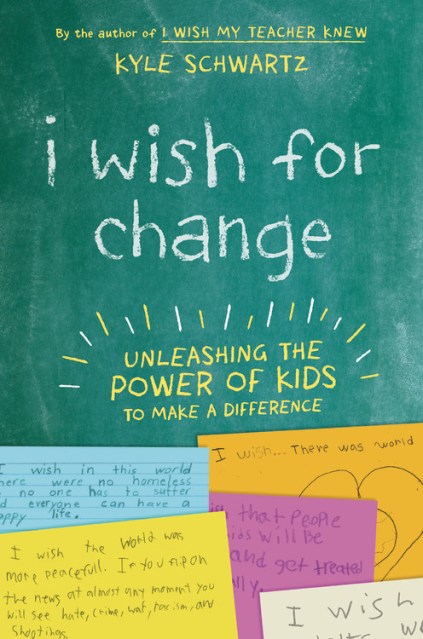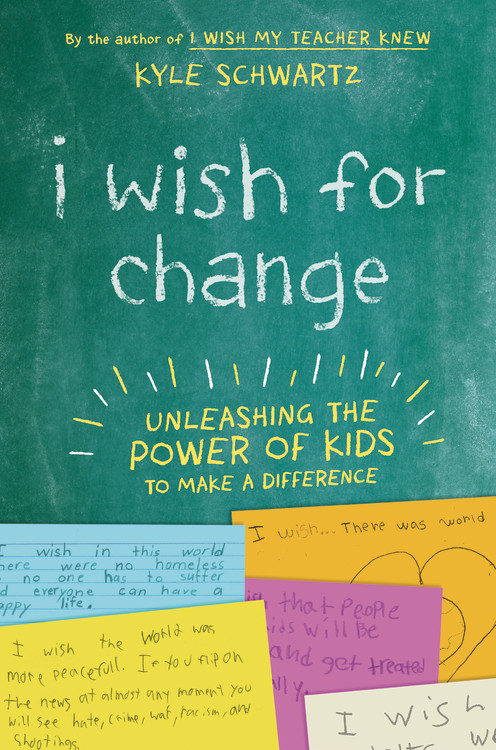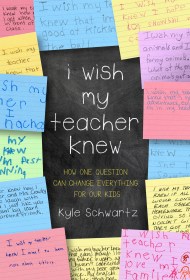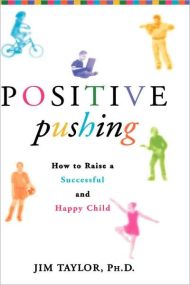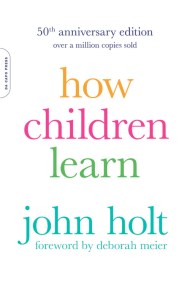Promotion
Use code BEST25 for 25% off storewide. Make sure to order by 11:59am, 12/12 for holiday delivery!
By clicking “Accept,” you agree to the use of cookies and similar technologies on your device as set forth in our Cookie Policy and our Privacy Policy. Please note that certain cookies are essential for this website to function properly and do not require user consent to be deployed.
I Wish for Change
Unleashing the Power of Kids to Make a Difference
Contributors
Formats and Prices
- On Sale
- Jul 16, 2019
- Page Count
- 224 pages
- Publisher
- Balance
- ISBN-13
- 9780738285634
Price
$34.00Price
$44.00 CADFormat
Format:
- Hardcover $34.00 $44.00 CAD
- ebook $12.99 $15.99 CAD
- Audiobook Download (Unabridged)
This item is a preorder. Your payment method will be charged immediately, and the product is expected to ship on or around July 16, 2019. This date is subject to change due to shipping delays beyond our control.
Buy from Other Retailers:
Third-grade teacher Kyle Schwartz often tells her students: “You are not here so you can make money in a decade. You are here so you can make a difference now.”
Young people are up for the task. In the face of school shootings, cyber bullying, and other challenges students face at school, there are students who are changing the world right now.
In I Wish for Change, teacher and author Kyle Schwartz equips both teachers and parents to help children stand up for what they believe is right and make value-driven decisions. She shows how children’s adaptability, vulnerability, and empathy make them excellent agents for change, as well as how to teach children about the mechanics and structures of power so they can effectively change them.
Filled with inspiring stories from Kyle’s students and educators around the nation, as well as practical, replicable strategies for the classroom, I Wish for Change is the guide for every teacher, educator, and parent to show kids that their voice matters.
Newsletter Signup
By clicking ‘Sign Up,’ I acknowledge that I have read and agree to Hachette Book Group’s Privacy Policy and Terms of Use
